Roadside Memorial
Across South Africa, spontaneous shrines—often appearing within days after sudden and fatal car crashes—serve as powerful sites of early mourning. This project highlights how commemorating the recently deceased through such memorial practices supports the bereaved in the early stages of grief, particularly within the first seven days, by offering a space for emotional expression, reflection, and remembrance.
As one drives across the South African landscape, it is common to see roadside memorials where death occurred. A roadside memorial marks the spot where a person was killed and acts as a place of grieving and remembrance.
Bereaved individuals erect crucifixes, bring flowers, photographs, and sometimes personal objects to remember and commemorate the deceased. Like a photograph, a roadside memorial becomes a place to remember the deceased, as well as a place of solace for family, friends, and a way to keep the person “alive.”
Historically, it is evident that the living cannot simply forget the dead. The initial period of grief, bereavement, and the emotional link between the living and the deceased generally calls for a symbolic relationship — through the concept of an afterlife and the obligation of remembering.
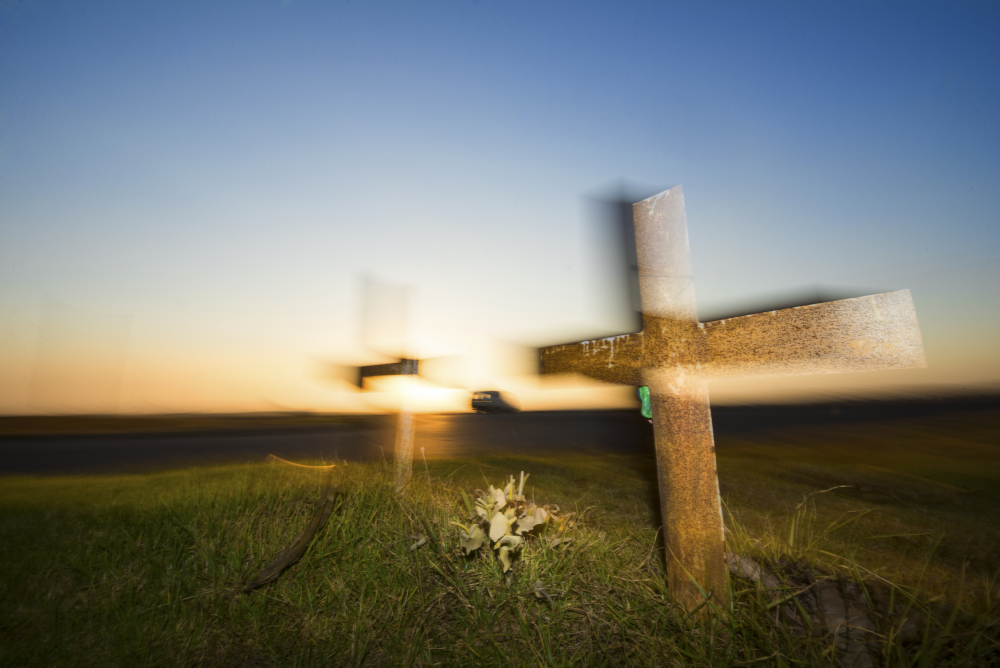
Kempton Park, South Africa
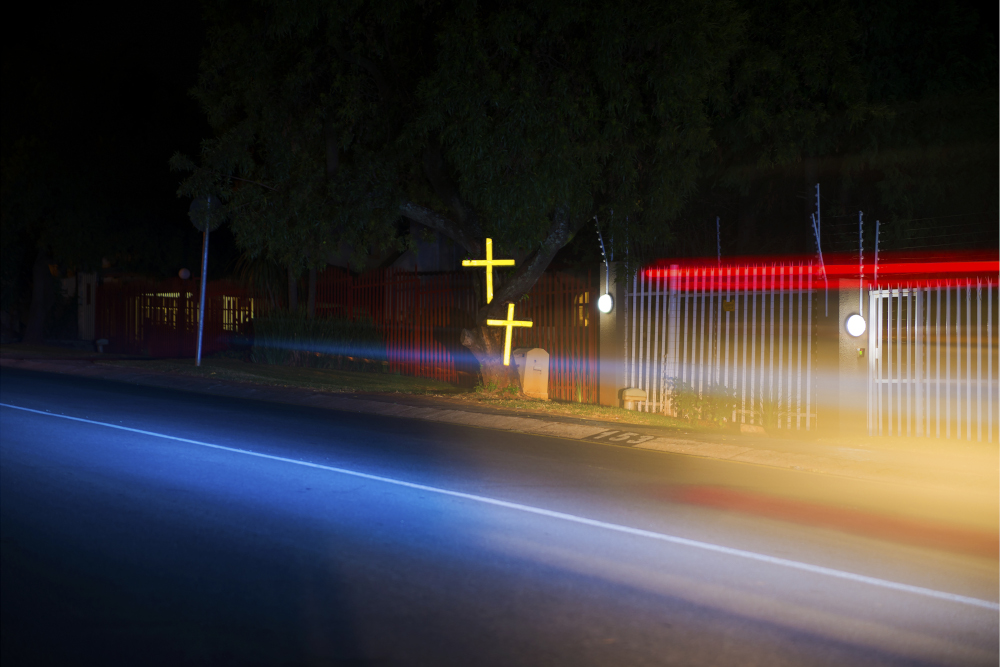
Roodepoort, South Africa
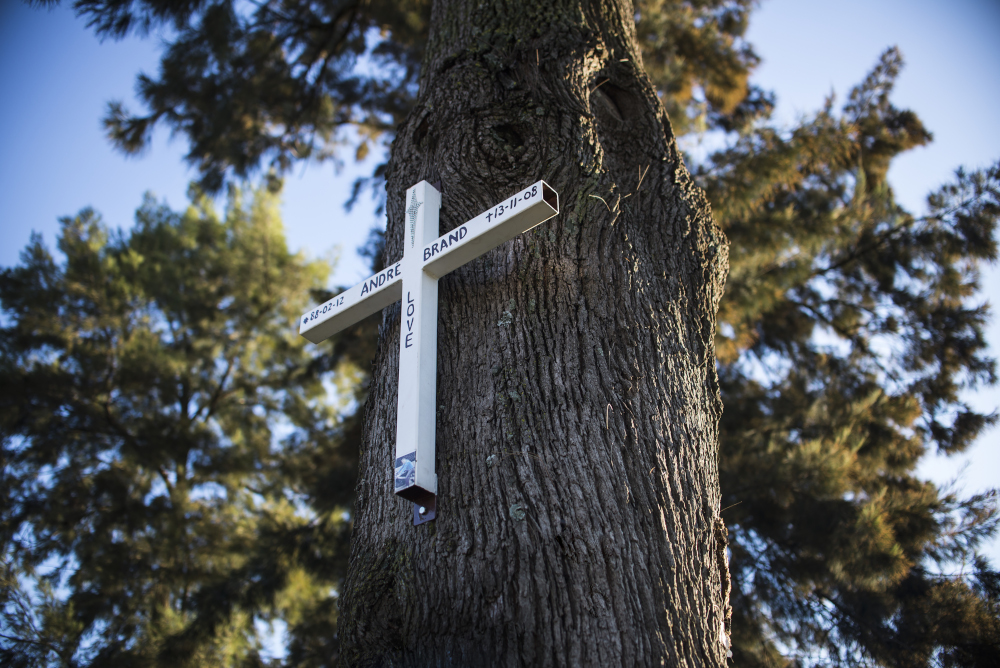
Witpoortjie, South Africa
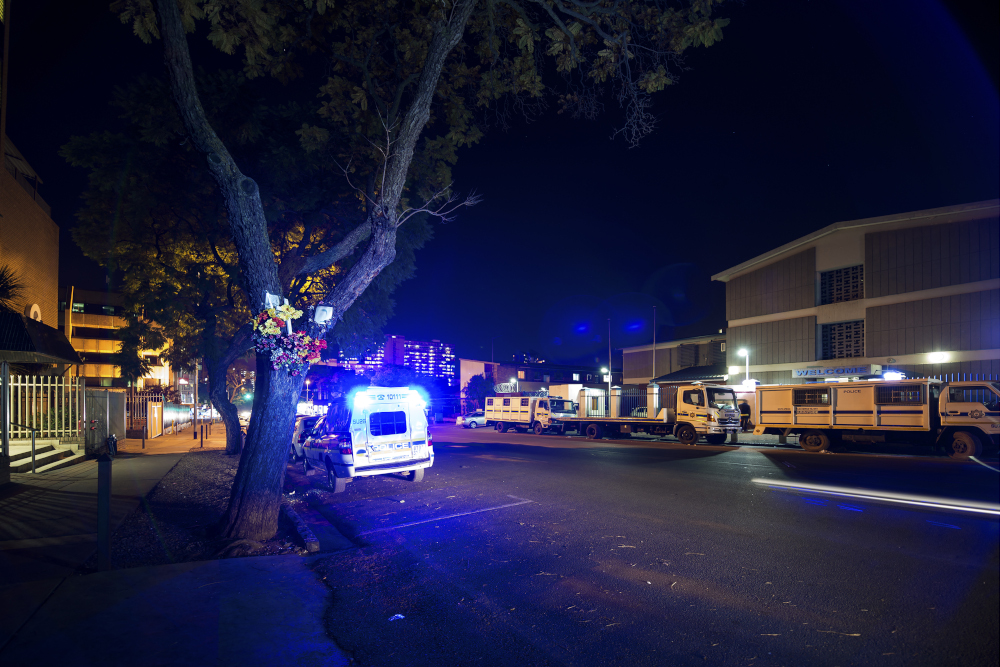
Sunny Side, South Africa
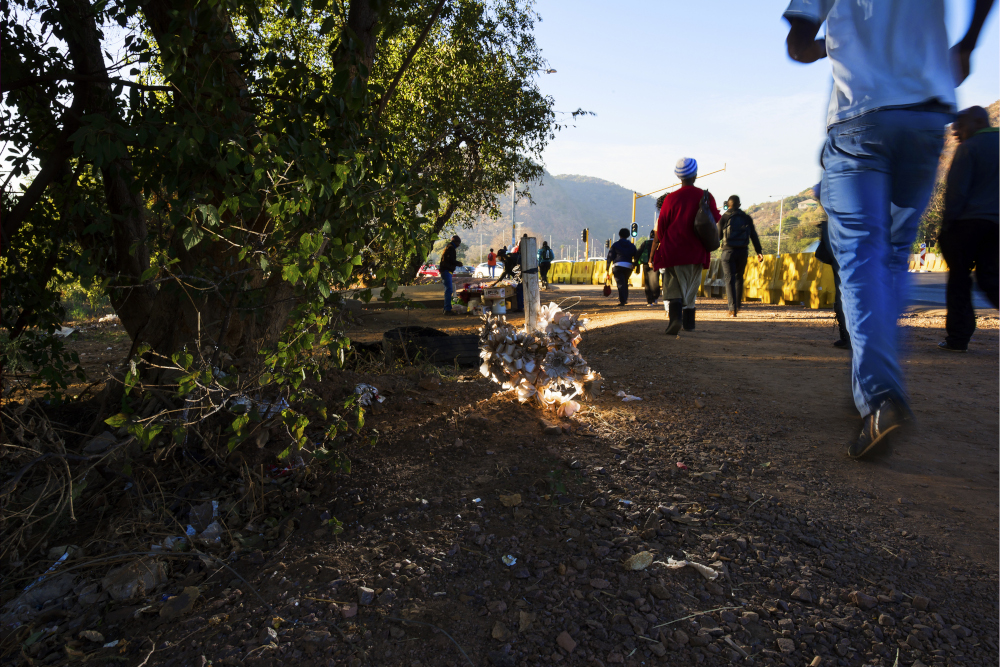
Pretoria North, South Africa
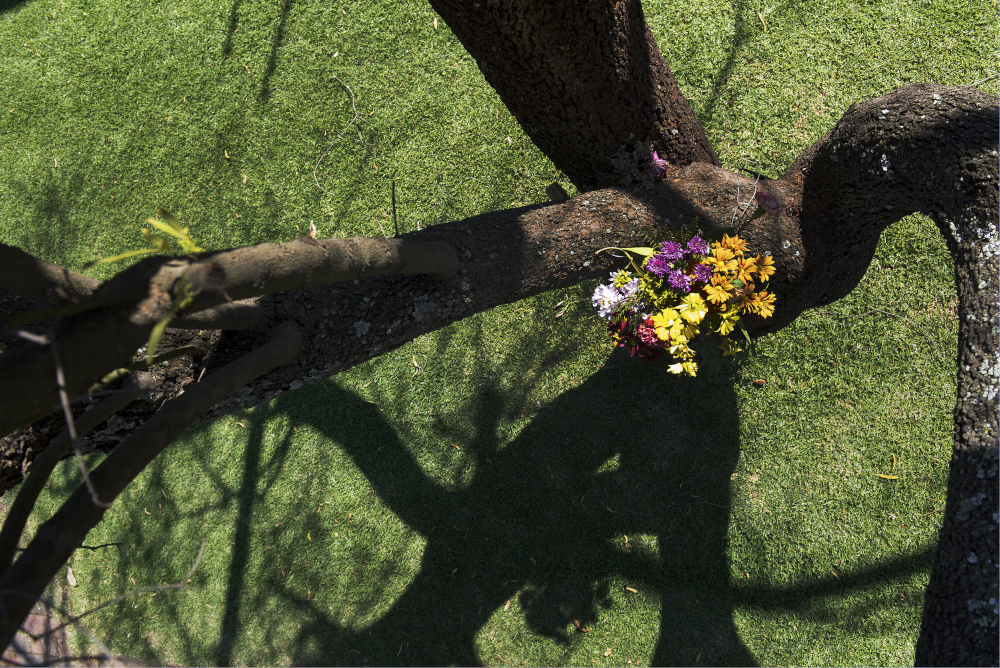
Helderkruin, South Africa